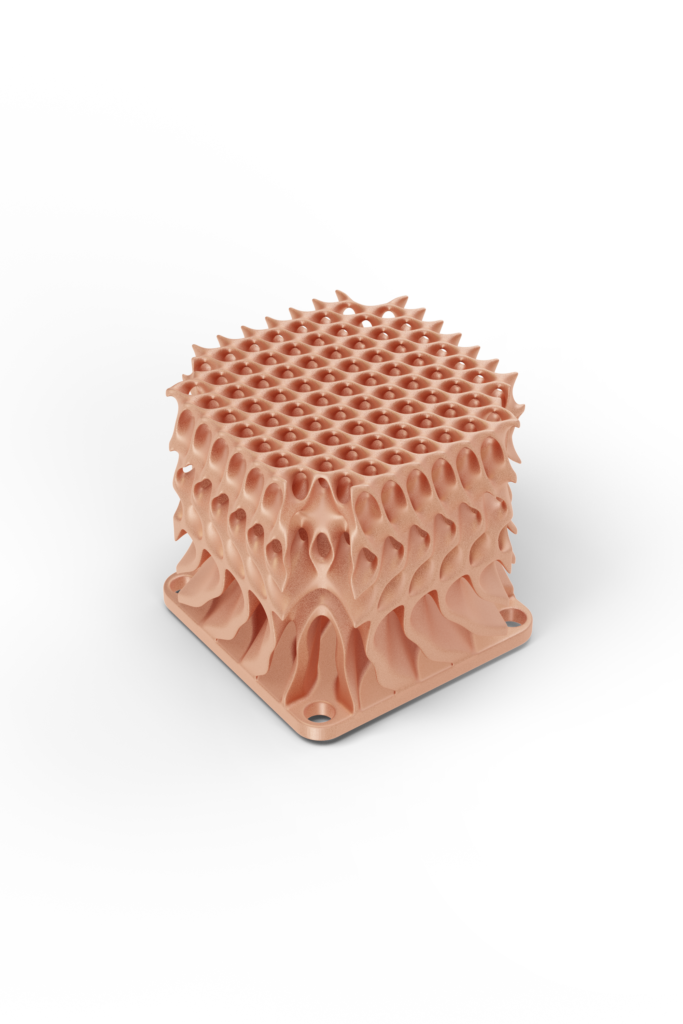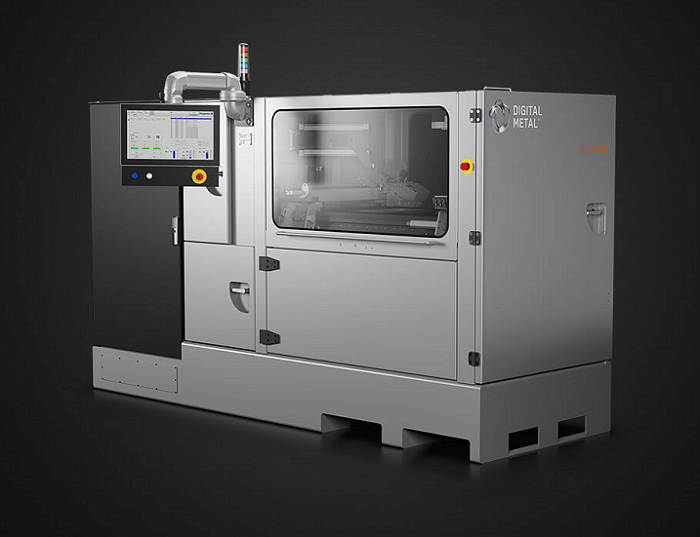Revolutionizing Manufacturing Floors with Binder Jet Metal 3D Printing – AMS Speaker Spotlight
Binder jet metal 3D printing is a game-changer for industries like aerospace and automotive that are looking for a different approach to manufacturing high throughput parts and custom parts. With recent advancements in binder jet printing now combining with advancements in software, AI, and machine learning, engineers are able to reshape the way they use additive manufacturing in their work. From developing end use parts, to developing customized pieces or repair parts that are typically warehoused physically, metal jet binder printing will play a huge role in the transformation of the world’s factory floors.
Some industry analysts predict that binder jetting might be the future of mass production when printing in metal. However, these projections depend on the speed at which industrial manufacturers find ways to introduce binder jet metal printing into established processes.
Despite the considerations and unknowns of adopting an emerging fabrication technology on a manufacturing floor, there are major advantages to implementing metal binder jetting technology. The printing process is extremely fast – fabricating many parts simultaneously and with high accuracy and precision. The layer-by-layer printing process allows for a high degree of control over the final object’s shape and size.
Binder jetting also allows for the printing of parts with intricate internal structures and complex geometries, which are difficult to produce using traditional manufacturing methods. This makes it an ideal technology for producing complex, high-performance parts for aerospace, defense, automotive and medical applications.
Improved binders and better control over the printing process is allowing binder jet metal 3D printing to produce parts with very high accuracy and surface finish. Binder jet metal 3D printers are now able to print parts that are much larger than before as well, making it possible to produce entire assemblies.
Supercharging the advancements of the materials and technology of the printers is software. With the ability to control fleets with one platform, parts go from CAD to printing effortlessly. What’s more, software advances are allowing the supply chain to be less exposed by enabling manufacturers to warehouse parts digitally rather than physically. If a part is needed, it can be sent to a local printer rather than machined and shipped across the country or across the globe – downtime that cuts into factory lines’ profits.
In 2023 and beyond, we can expect to see even more advancements which will result in increased usage of binder jet metal printing amongst manufacturers. One area that is likely to see significant improvement is in the speed of the printing process. As the technology continues to evolve, binder jet metal 3D printers will be able to produce parts faster and at a lower cost, making them even more competitive with traditional high volume manufacturing methods.
Whole industries like automotive, defense and aerospace are already rethinking how they make parts, from high throughput production parts to highly customized parts. These early-adopting engineers are coming up with new ways to intertwine binder jet metal printing into their existing process, unlocking efficiencies that will pay for the investment in these metal printers multiple times over, and ensure their factory floor is resilient for decades to come.
Digital Metal is participating at Additive Manufacturing Strategies, taking place in New York City from February 7-9, 2023. Christian Lönne, CEO of Digital Metal, will be taking part in Session 1, Panel 2: The Future of Binder Jetting on February 7. Register for your ticket to attend here.
Subscribe to Our Email Newsletter
Stay up-to-date on all the latest news from the 3D printing industry and receive information and offers from third party vendors.
Print Services
You May Also Like
New Business: Temporary, Migratory, & Modular 3D Printed Architecture
If we look at potentially emerging 3D printing businesses, then architecture has not been fully explored. Yes, there is a lot of house 3D printing going on worldwide. From deployable...
3D Printing News Briefs, April 19, 2025: Material Extrusion Standard, Metal Powder, & More
In today’s 3D Printing News Briefs, we’re covering a proposed standard for material extrusion, before moving on to business and metal powder. We’ll end with a commercial store’s robotic 3D...
Japan Unveils World’s First 3D Printed Train Station
Japan is now home to what we believe is the world’s first train station built with 3D printing technology. Located in Arida City, just south of Osaka, the new Hatsushima...
restor3d Raises $38M to Expand 3D Printed Orthopedic Implants
Backed by $38 million in new funding, restor3d is pushing ahead with the launch of four personalized implant lines, set to roll out in 2025 and 2026. This latest venture...



























